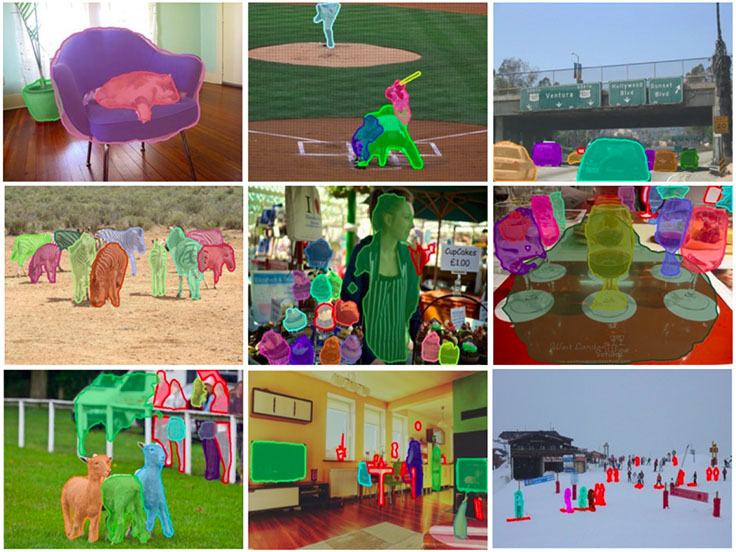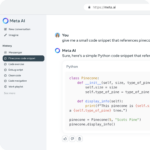
Facebook wants to be more than just a social media platform. The company has been dabbling in virtual reality, software development, open-source software, Internet access, and more recently artificial intelligence.
“Many people think of Facebook as just the big blue app, or even as the website, but in recent years we’ve been building a family of apps and services that provide a wide range of ways for people to connect and share,” wrote Facebook CTO Mike Schroepfer in a blog post. “From text to photos, through video and soon VR, the amount of information being generated in the world is only increasing. The best way I can think of to keep pace with this growth is to build intelligent systems that will help us sort through the deluge of content.”
Through Facebook AI Research, the company has been looking into image recognition and natural-language understanding, and it said it reached major milestones in its quest to make machines see and understand.
(Related: Researchers train AI by letting it play games)
“Our researchers have been working to train systems to recognize patterns in the pixels so they can be as good as or better than humans at distinguishing objects in a photo from one another—known in the field as ‘segmentation’—and then identifying each object,” Schroepfer wrote.
The company plans to present its latest object detection system next month, but he said users can expect it to work 30% faster than other systems, using 10x less training data.
When it comes to natural language understanding, the company has developed a new technology, Memory Networks (a.k.a. MemNets) that help deep-learning systems understand language more like humans. With the combination of Facebook’s computer vision and natural language understanding, Schroepfer believed the company will be able to help the visually impaired understand what is in an image. “This is still very early in its development, but the promise of this technology is clear,” he wrote.
In addition, the company has been experimenting with prediction and planning, and with trying to understand how systems can potentially learn through observation and make predictions based on its observations. “This is something you and I do naturally—for example, none of us had to go to a university to learn that a pen will fall to the ground if you push it off your desk—and it’s how humans do most of their learning,” said Schroepfer. “But computers still can’t do this; our advances in computer vision and natural language understanding are still being driven by supervised learning.”
So far, the company has developed a system that watches visual tests and predicts the outcome. According to Schroepfer, the system’s predictions are correct 90% of the time.
The company is also beginning to look into how to teach its systems to plan by using games to train machines. Together, all of these technologies the company is working on will go into their new AI assistant, called M.
“Our AI research, along with our work to explore radical new approaches to connectivity and to enable immersive new shared experiences with Oculus VR, is a long-term endeavor,” Schroepfer wrote. “It will take a lot of years of hard work to see all this through, but if we can get these new technologies right, we will be that much closer to connecting the world.”






